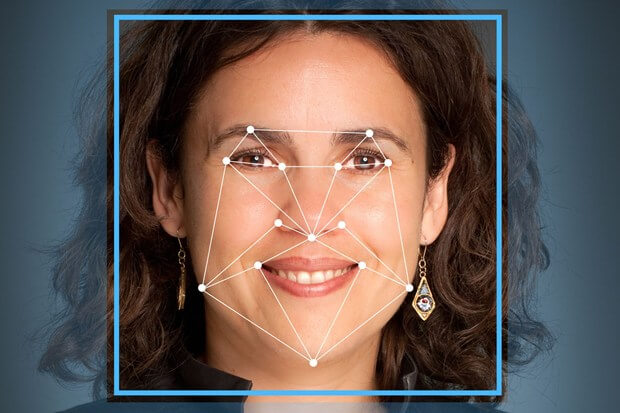A Face Recognition Attendance System is rapidly becoming the gold standard for modern workforce and access management. As organizations move away from manual registers, swipe cards, and fingerprint scanners, face-based attendance offers a smarter, faster, and completely touchless alternative. Powered by AI and advanced biometric algorithms, these systems verify identities within seconds and deliver real-time attendance insights to HR and management teams.
What Is a Face Recognition Attendance System?
Nialabs’ Face Recognition Attendance System uses computer vision and AI to identify individuals based on their facial features. Employees simply stand in front of the device, and the system automatically captures their face, verifies identity, and records attendance. This eliminates physical contact, prevents buddy punching, and ensures completely automated time tracking.
How the System Works
Most face recognition devices use a combination of 2D/3D imaging, depth sensors, and AI algorithms to analyze unique facial patterns. Here’s the typical process:
- Face Capture – The device scans the face in real time.
- Feature Mapping – Facial landmarks such as eyes, nose, jawline, and depth points are analyzed.
- AI Matching – The system compares the captured face with stored templates in milliseconds.
- Verification & Logging – If it matches, attendance is marked and synced to the cloud.
The entire process takes less than a second, making it highly efficient for large organizations.
Why Businesses Are Switching to Face Recognition
1. Completely Touchless & Hygienic
Unlike fingerprint scanners, facial attendance does not require any physical contact. This makes it ideal for hospitals, factories, schools, and workplaces with high footfall.
2. Eliminates Proxy Attendance
Face recognition prevents common attendance fraud such as buddy punching or using someone else’s ID card. Each employee’s face becomes their unique and unforgeable identity.
3. Faster Processing & Zero Queues
Most devices process verification in under a second, ensuring employees can check in quickly even during peak hours.
4. Cloud Connectivity for Real-Time Access
Managers and HR teams get instant access to attendance logs, late entries, overtime data, and leave trends through cloud dashboards.
5. Works in All Lighting Conditions
Modern systems come with infrared sensors, making them effective during bright daylight, shadows, or low-light environments.
6. Seamless HR Integration
Face recognition systems can automatically sync attendance data with HRMS, payroll, and leave management software.
Key Features of an Advanced Face Recognition Attendance System
- AI-Powered Face Detection & Matching
- Temperature & Mask Detection (optional)
- Instant Notifications & Alerts
- Multi-Location Support for Enterprises
- High-Speed Face Recognition (0.2–0.5 seconds)
- Cloud-Based Attendance Reports
- Access Control Integration (doors, gates, turnstiles)
- Mobile App for Live Monitoring
These features make it a powerful solution for businesses of all sizes.
Applications Across Industries
Corporate Offices
Streamlines employee attendance with zero manual effort.
Manufacturing & Industrial Plants
Handles heavy footfall and shift-based attendance effectively.
Schools & Universities
Ensures safe and accurate attendance tracking for students and staff.
Healthcare Facilities
Provides hygiene-friendly, contactless verification for doctors, nurses, and visitors.
Retail & Hospitality
Manages staff attendance across multiple outlets in real time.
Benefits for HR & Management Teams
- Saves Time: Reduces manual attendance processing and error correction.
- Improves Accuracy: AI-based verification ensures correct data every time.
- Boosts Productivity: Automates attendance, leaving HR to focus on strategic tasks.
- Reduces Operational Costs: No need for ID cards, swipe systems, or manual labor.
The Future of Attendance Is AI-Driven
With ongoing advancements in AI, 3D sensors, and cloud automation, face recognition attendance systems will continue to evolve. Future enhancements may include behavior analysis, enhanced security layers, predictive analytics, and integration with smart workplace ecosystems.








Leave a Reply